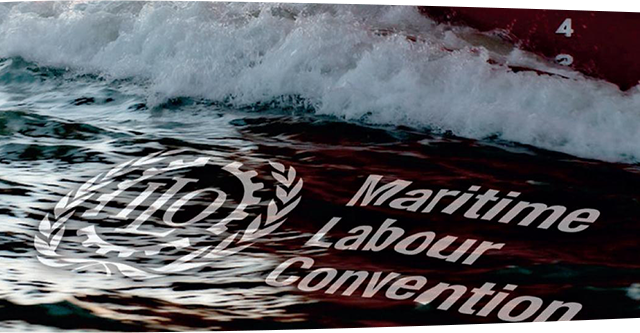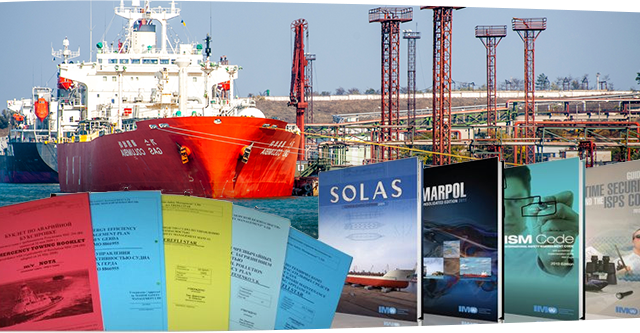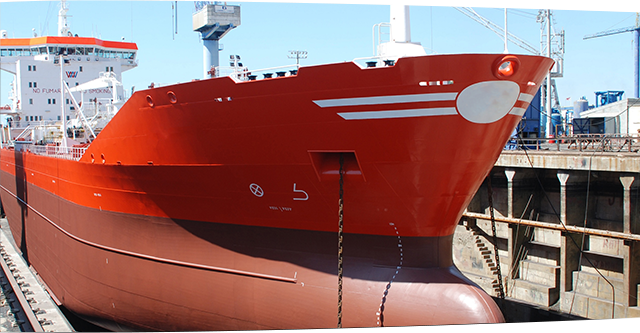

TO SHIPOWNERS/MANAGERS/OPERATORS!
Ballast Water Management Convention was ratified in February 2004 and will enter into force on the 8th of September 2017. This Convention contains regulations for the control and management of ships ballast water and sediments with aimed to the prevention of transportation of undesirable microorganisms and pathogens through the ballast water. This Convention applies to all ships in international trade including submersibles, floating craft, floating platforms, FSUs and FPSOs.
What does BWM Convention requires from the ships in order they comply with it?
1. To manage their ballast water & sediments to certain standards, according to a ship-specific Ballast Water Management Plan that should be approved by Flag Administration.
2. To carry onboard and timely complete a Ballast Water Record Book.
3. To carry onboard and International Ballast Water Management Certificate.
4. To install an onboard system to treat ballast water and eliminate unwanted organisms.
For the moment the most frequently asked question is how to get an "extension" for time limit for performance of the requirement concerning the installation of ballast water treatment system. In accordance with IMO Resolution A.1088(28), the vessel is not required to comply with regulation D-2 until the first renewal survey of it`s International Oil Pollution Prevention Certificate (IOPP), following the date of entry into force of the BWM Convention on 8 September 2017. Therefore renewal IOPP survey can be carried out in advance, before the Convention enters into force.
Below you can find circulars issued by Flag Administartions in respect of this issue:
1. Panama Maritime Administration
2. Sierra Leone Maritime Administration
3. Union of Comoros Maritime Administration
back to news list



